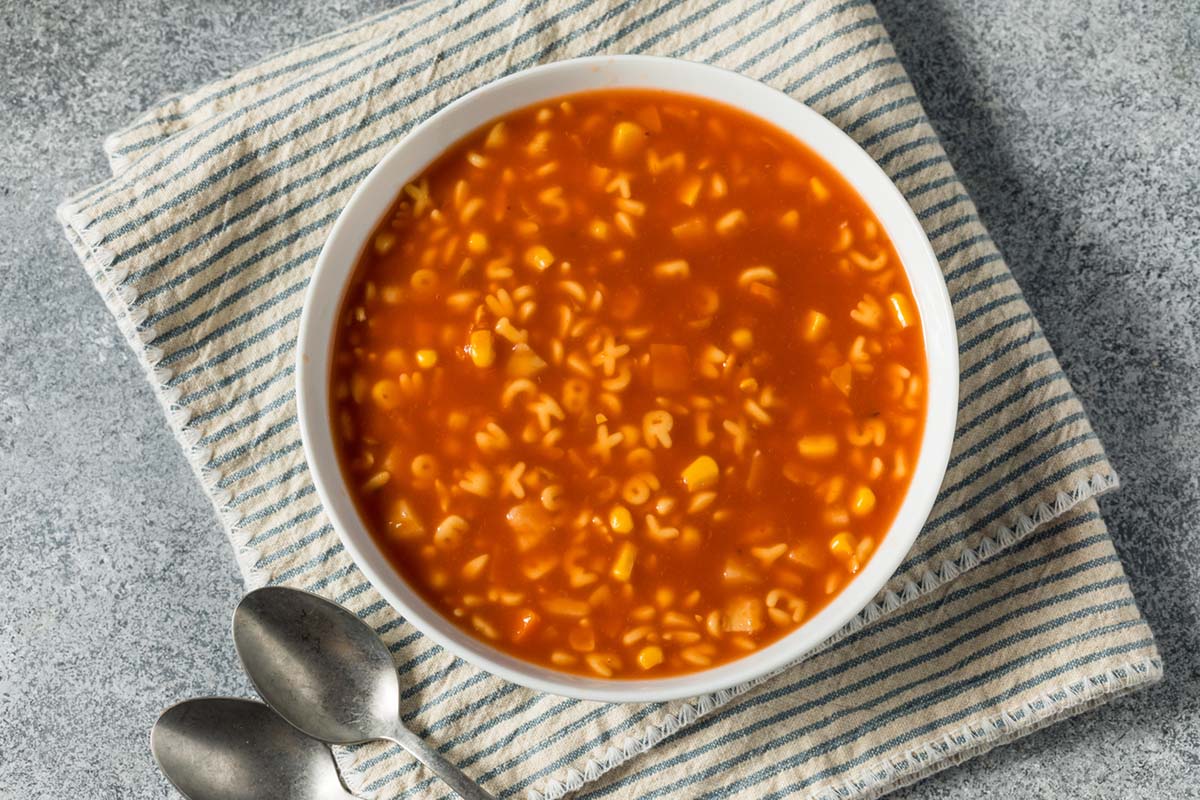Because this piece does not have an abstract, we have provided for your benefit the first 3 sentences of the full text.
To the Editor: Bipolar disorder is a devastating illness estimated to be the sixth leading cause of disability in the world. Research on triggers of mania is relatively scarce. Reported triggers of mania and hypomania include stressful life events, goal attainment events, disrupted sleep patterns, seasonality, antidepressants, hormonal fluctuations, and caffeine.
Fear: A Possible Manic Trigger
To the Editor: Bipolar disorder is a devastating illness estimated to be the sixth leading cause of disability in the world.1 Research on triggers of mania is relatively scarce. Reported triggers of mania and hypomania include stressful life events, goal attainment events, disrupted sleep patterns, seasonality, antidepressants, hormonal fluctuations, and caffeine.2,3 Precipitants of mania may be related to abnormal neural circuits in the amygdala and orbital frontal cortex.4 Given similarities between bipolar disorder and partial seizures, intense emotions may be considered a trigger for mania since these emotions also precipitate seizures.5 Other studies4,6 have shown that patients with bipolar disorder have amygdala hyperactivation while processing fearful faces. Here, we report, to our knowledge, the first case in which the experience of fearfulness may be associated with manic decompensation.
Case report. The patient is a 23-year-old woman who was involuntarily hospitalized in an inpatient psychiatric unit in 2017 with delusions, pressured speech, flight of ideas, religious preoccupation, and lack of need for sleep. She was acutely manic with psychosis, meeting DSM-5 criteria for bipolar I disorder with psychotic features.7 She was started on valproic acid for mania, aripiprazole for psychosis, and lorazepam for agitation. After approximately 2 weeks, the patient stabilized on valproic acid (750 mg/d, level: 86 µg/mL) and aripiprazole (20 mg/d). She became more coherent, her speech was less pressured, and she was not articulating delusions. All members of the interdisciplinary treatment team agreed that the patient had improved, and discharge was planned. Aripiprazole long-acting injectable was discussed with the patient. She expressed fearfulness about the injection but reluctantly accepted it. Within 24 hours of receiving the injection, she decompensated. Manic and psychotic symptoms recurred and led to a prolonged hospital course. Collectively, the treatment team wondered whether fear of the injection contributed to the patient’s decompensation. To control symptoms, her treatment was changed to haloperidol, lithium, and lorazepam—all in liquid form. Since the patient remained acutely manic on a therapeutic level of valproic acid, the mood stabilizer was switched to lithium due to its known efficacy. Gradually, she decided to take the medications consistently, which corresponded with her improvement, and was stable at discharge.
While we recognize that the use of 2 antipsychotics concurrently is not usually recommended, in this case, given the patient’s rapid decompensation following the initial aripiprazole injection, switching to a different type of antipsychotic for safety and stabilization was clinically warranted. We hypothesize that fear contributed to her decompensation, as she had stabilized on appropriate pharmacotherapy and there was no other identifiable cause. In addition, we were unable to identify any reports of decompensation following aripiprazole injection. The patient may have dysregulated neural circuitry involving the amygdala and the processing of intense emotions, predisposing her to mania. This case serves as a good reminder for all physicians to pay close attention to each patient’s verbal and nonverbal cues of their thoughts and feelings. If one opposes a particular treatment with fear, frustration, or overwhelming anxiety, it is worthwhile to explore these feelings with the patient and perhaps agree on an alternative medication. Future research should focus on how aberrant neural circuitry affects the processing of emotions and explore different biological and environmental triggers of mania.
References
1. Mitchell PB, Slade T, Andrews G. Twelve-month prevalence and disability of DSM-IV bipolar disorder in an Australian general population survey. Psychol Med. 2004;34(5):777-785. PubMed CrossRef
2. Proudfoot J, Whitton A, Parker G, et al. Triggers of mania and depression in young adults with bipolar disorder. J Affect Disord. 2012;143(1-3):196-202. PubMed CrossRef
3. Proudfoot J, Doran J, Manicavasagar V, et al. The precipitants of manic/hypomanic episodes in the context of bipolar disorder: a review. J Affect Disord. 2011;133(3):381-387. PubMed CrossRef
4. Acheson DT, Eyler LT, Resovsky J, et al. Fear extinction memory performance in a sample of stable, euthymic patients with bipolar disorder. J Affect Disord. 2015;185:230-238. PubMed CrossRef
5. Bostock EC, Kirkby KC, Garry MI, et al. Comparison of precipitating factors for mania and partial seizures: indicative of shared pathophysiology? J Affect Disord. 2015;183:57-67. PubMed CrossRef
6. Brotman MA, Tseng WL, Olsavsky AK, et al. Fronto-limbic-striatal dysfunction in pediatric and adult patients with bipolar disorder: impact of face emotion and attentional demands. Psychol Med. 2014;44(8):1639-1651. PubMed CrossRef
7. American Psychiatric Association. Diagnostic and Statistical Manual of Mental Disorders. Fifth Edition. Arlington, VA: American Psychiatric Publishing; 2013.
aDepartment of Psychiatry, Temple University Hospital, Philadelphia, Pennsylvania
Potential conflicts of interest: None.
Funding/support: None.
Patient consent: Verbal permission was obtained from the patient for publication of the case report, and information was de-identified to protect anonymity.
Published online: February 7, 2019.
Prim Care Companion CNS Disord 2019;21(1):18l02339
To cite: Wu BS, Kersun JM. Fear: a possible manic trigger. Prim Care Companion CNS Disord. 2019;21(1):18l02339.
To share: https://doi.org/10.4088/PCC.18l02339
© Copyright 2019 Physicians Postgraduate Press, Inc.
Please sign in or purchase this PDF for $40.00.





